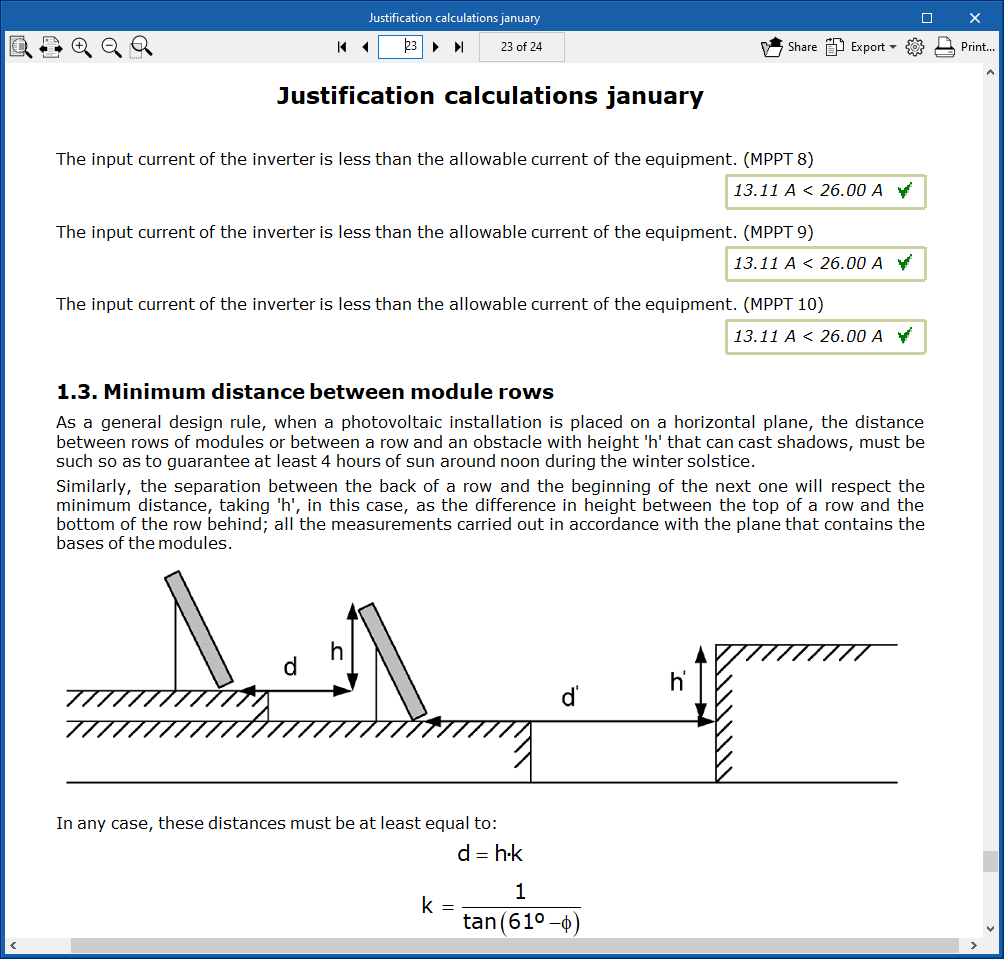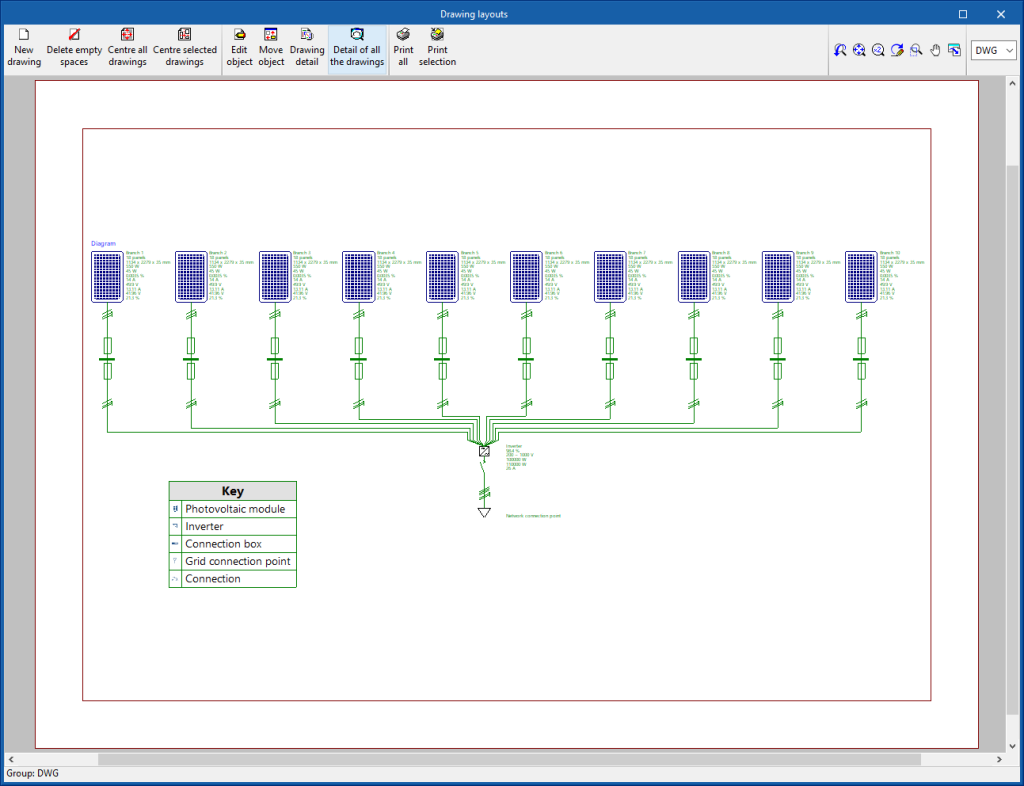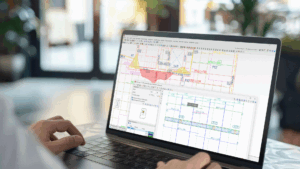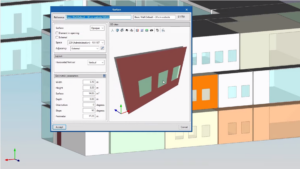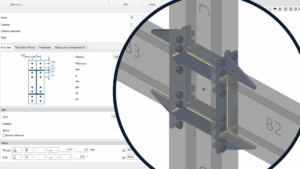Achieving a climate-neutral EU and a 100% renewable electricity system. These are two of the targets that the European Union has set for 2050 in order to reduce greenhouse gas emissions. This would go hand in hand with a reduction in energy dependence on other countries and, therefore, provide greater protection against the volatility in energy prices.
To this end, solar PV energy has become the world's preferred solution for generating electricity over the past few years. Its extreme resilience and low cost compared to other technologies make it a safe bet for achieving decarbonisation.
The 2021 Annual Report presented by the Spanish photovoltaic association UNEF highlights that "139 GW of new photovoltaic capacity was installed in 2020, exceeding 100 GW for the fourth year running and representing an increase of 17% compared to 2019". This growth can be explained by the significant increase in the market on all continents and by the return of China, which accounted for 35% of the world market, to figures for installed capacity that had not been seen for two years.
This hunger for PV all over the world will continue over the next few years. In this respect, the International Energy Agency's World Energy Outlook 2020 sees "solar PV growing by an average of 13% per year between 2020-2030, setting new records each year after 2022". In fact, according to their estimates, the world should make a massive investment in new, more efficient and cleaner modes of production, with an average annual PV capacity requirement of 230 GW per year over the same decade.
Therefore, we are faced with a technology based on an energy source that can help to successfully achieve the decarbonisation targets and, at the same time, reduce energy bills for households, companies and public administrations, as photovoltaics can easily be used for industrial, residential and commercial sectors. There are also other options such as local energy communities and even the installation of electric vehicle charging devices using sunlight as energy.
Photovoltaic energy: an opportunity for designers
In this respect, the photovoltaic sector is an excellent opportunity for specialists involved in the design, analysis and sizing of photovoltaic systems. Particularly in the coming months when Spain, for example, will grant up to 900 million euros from the Next Generation Funds to self-consumption installations.
For example, these measures include grants of up to 600 euros per kilowatt that have been installed in the residential sector for individual self-consumption and 710 euros per kilowatt for collective self-consumption. As for companies, direct grants range from 15% for large companies to 25% and 45% for medium-sized and small companies, respectively. This is in addition to tax incentives that already existed, such as tax bonuses that some municipalities offer to individuals.
In order for these projects to be carried out with the maximum possible savings, specialists must size the PV system properly. The correct calculation of the number of solar panels to be installed on a building can represent between 50 and 70% of the electricity cost, which will accelerate the payback of the self-consumption system.
In order to carry out this kind of work, on BIMserver.centre we have CYPELEC PV Systems, a program for modelling, designing and analysing photovoltaic systems. This application is integrated into the Open BIM workflow via our platform.
Steps for installing PV systems on buildings
1. Calculating the energy consumption of the dwelling, establishment, warehouse, etc.
The first thing any specialist should do is calculate the energy consumption of the building, taking into account the electrical consumption of lighting, the kitchen, DHW, household appliances, as well as cooling and heating appliances. Once the energy needs have been estimated and determined, the specialist must assess the photovoltaic energy that can be produced which, despite not covering the entire energy demand, can significantly reduce energy bills.
2. Starting with the architectural model
The time has come to start making real estimates. In this initial phase, the specialist must work with an architectural model of the building where they wish to install the photovoltaic solar panels. To make this model, we can use the free CYPE Architecture program and have at least four defined elements with a built surface:
- Slabs.
- Walls.
- Spaces.
- Roofs.
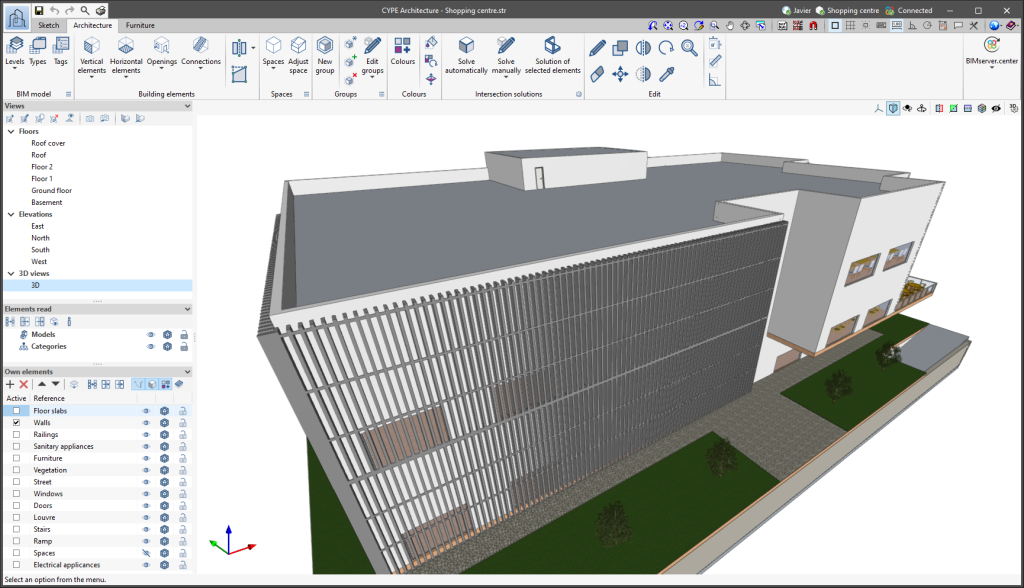
3. Importing the job into CYPELEC PV Systems
Once we have the architectural model, we have to import it into CYPELEC PV Systems and start working with it. The program will consider several information variables, such as the built surface and the roof surface per space, which allows for compliance with the corresponding regulatory requirements in the case of Spain.
3.1. Configuring the calculation options
The program includes three sections that should be considered before starting any work on the design and analysis of the installation.
- General parameters. This section contains the analysis options. For example, here the designer defines the maximum admissible voltage drop, the orientation of the project with respect to the North (this is used to calculate the slope factor), the minimum autonomy for installations with accumulators and the minimum power of the inverter with respect to the installed power.
- Cable sections. This section refers to the selection of materials and switchgear. Here, we can configure the sections of the conductors we can work with, and the sizes of the fuses, circuit breakers and residual-current devices.
- Installed power requirements. As per the requirements of the corresponding codes.
3.2. Configuring the design conditions
- Irradiance. The first step is to geographically locate the building in order to measure the average irradiance per day as well as the ambient temperature. Thanks to direct access to the PVGIS website, the program allows users to import irradiance files from all over the world. The program has implemented the data for Spain, and the location can be chosen directly.
- Energy performance. The designer can also consider installation losses such as loss in wiring, loss due to dust and dirt on the modules, loss due to parameter dispersion between modules and loss due to spectral angular reflectance, among others.
- Time period. This selection will affect the technical specifications for each of the periods. It will not affect any calculations or modelling to be carried out.
3.3. Defining the elements we will be using
The designer must define the following elements:
- Photovoltaic panel. In this section, data from the product data sheets can be added, including dimensions, nominal power, the nominal operating temperature of the module, power correction coefficient due to temperature, short circuit current, open circuit voltage, maximum current at power peak, maximum voltage at power peak and efficiency.
- Inverter. Here the dimensions, number of MPPTs, efficiency, minimum voltage, maximum voltage, power supplied, peak power and maximum input current per MPPT must be specified.
- Conductors. The program has default conductor information, as well as data for some specific manufacturers and their particular models to fill in this field automatically.
- Accumulators.
3.4. Pre-design: Determining the number of panels to be installed
Now it is time to find out how many panels we will need, which is carried out using the CYPELEC PV Systems energy pre-designer. Thanks to all the information we have previously added, the program estimates the number of solar panels our PV system will need. The following must be considered:
- Type of connection. If it is an on-grid or off-grid installation. We can also carry out an energy balance by hourly values (more detailed) or by total values.
- Energy production. In this section, the specialist can see the energy production and estimate the number of solar panels that our PV system will need depending on its energy consumption, which can also be added if the information is available.
- Estimating the cost estimations of the installation. The program also provides an approximate cost of the PV system.
- Setting the cost of the energy term by hourly time slots. This will allow us to estimate the energy cost per kWh.
- Considering the selling price of energy. The program also carries out a study and estimation with a balance sheet.
- Carrying out the pre-design. With the pre-design, the specialist obtains the following information.
- Energy produced.
- Demanded energy.
- Used energy.
- Required energy.
- Leftover energy.
- Sales revenue.
- Monthly saving.
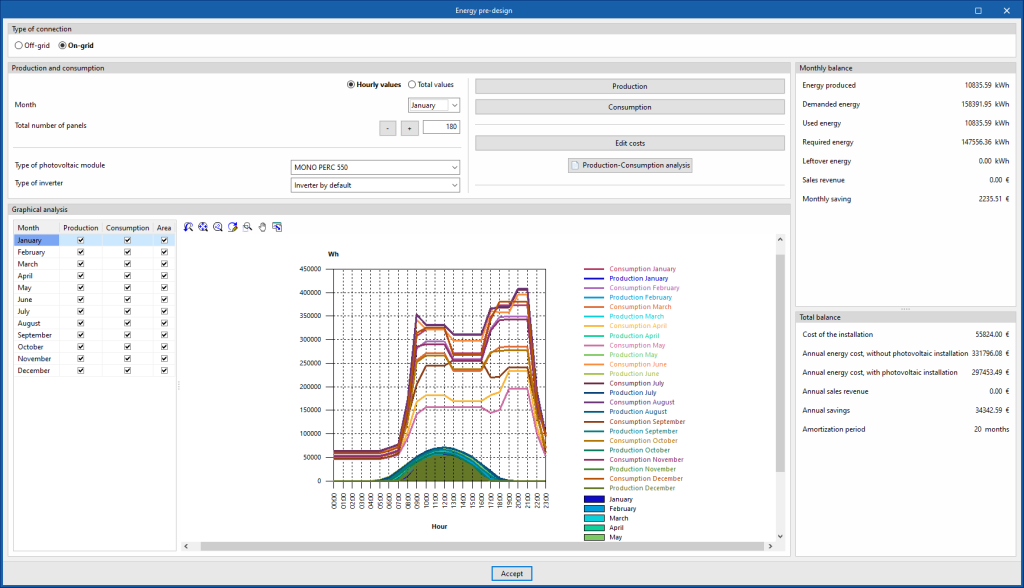
3.5. Modelling the PV system
Once we know how many PV panels we need, it's time to see how we can place them on the building:
- The CYPELEC PV Systems overview allows all layers of the BIM model to be displayed. The more information the BIM model contains, the easier it is for the specialist to plan the location of all elements in the PV system.
- The "Photovoltaic module" option allows you to choose the defined PV panel and work with the modelling wizard to place each of the solar panels on the roof, which can be done in both 2D and 3D.
- The designer can copy the panels in bulk, establish common criteria such as the same distance between them in order to place the solar panels on the available surface, and can also edit each of them individually.
- Entering the connection box.
- Entering the inverter.
- Defining the network connection point.
- Establishing the conductors and conduit configuration.
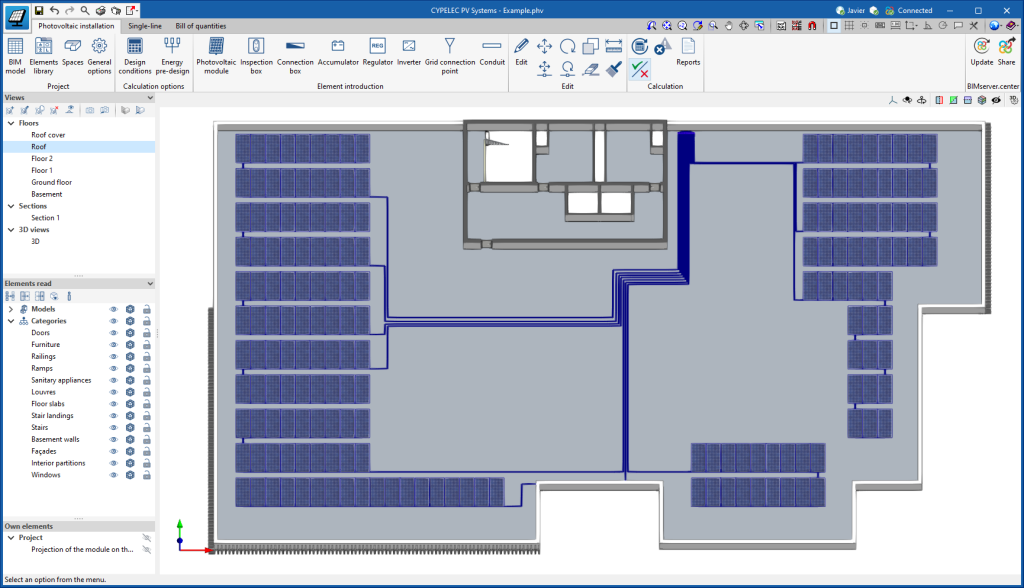

3.6 Analysing the installation
Once the photovoltaic system has been modelled, the analysis can begin:
- Click on the “Calculation” option.
- It can be calculated with or without shading.
- When analysing with shading, the option for obtaining the simplified shading diagram can be selected.
- The program displays project warnings if, for example, conductor-related errors occur. The program also offers improvement opportunities.
3.7 Calculating the energy produced
- At this point, users should calculate the shading losses, a process that is particularly time-consuming as it requires a very explicit calculation of the shading profile. This considers the interaction of the solar projection with the remaining project elements surrounding the solar panels.
- This program calculation is highly advanced thanks to the BIM model. This allows the designer to anticipate and avoid clashes, save time and make projects more feasible.
- The result is a very accurate calculation of shading losses, which is the most difficult to achieve.

4. Generating the installation project’s documents
CYPELEC PV Systems also makes it easier to generate project documents. More specifically, the program performs the "Justification calculations and installed power":
- Justification calculations for each of the panels. Justification calculations can be made for each month of the year. The document takes information from:
- Power of the generator: Energy generated by the panel and connected between modules.
- Inverter.
- Minimum distance between module rows.
- Production summary document. A document with the production summary for each month is generated, as well as a bar chart with this information.
- The program also carries out the quantification of the power requirement if required by the relevant standards.
- CYPELEC PV Systems can also generate installation plans. In this case, both single-line and floor plans.
- Finally, it allows users to obtain the bill of quantities of the installation.
